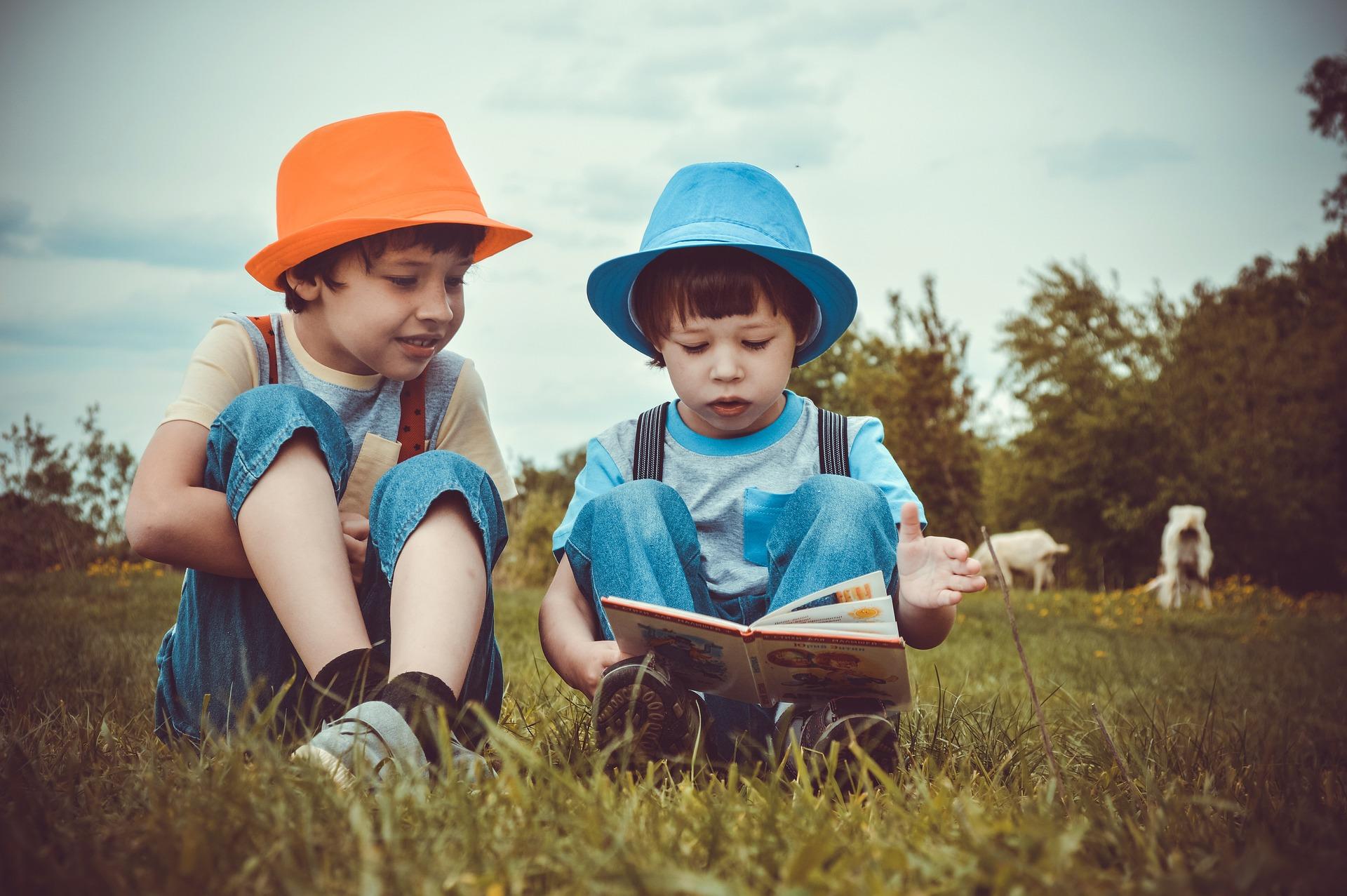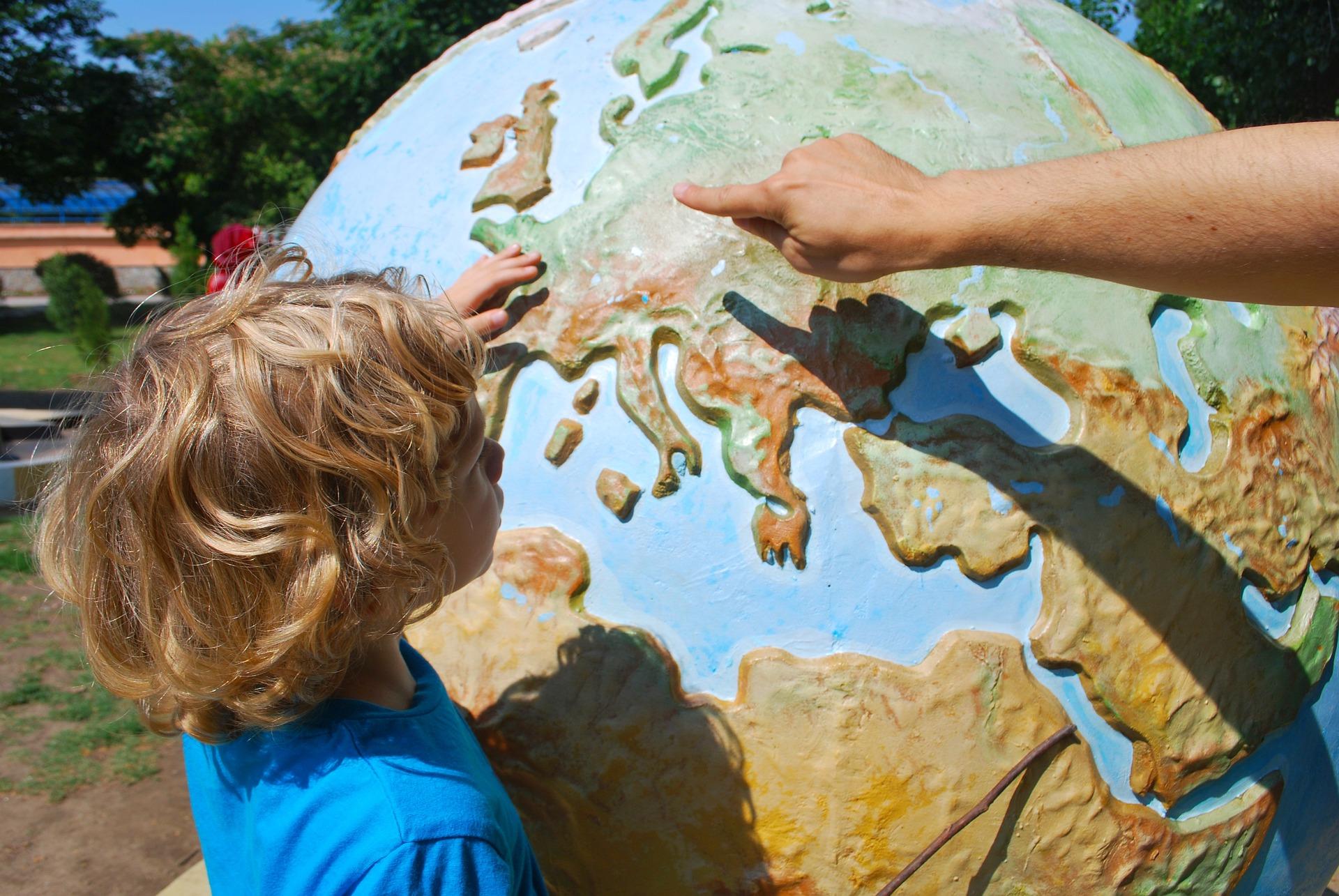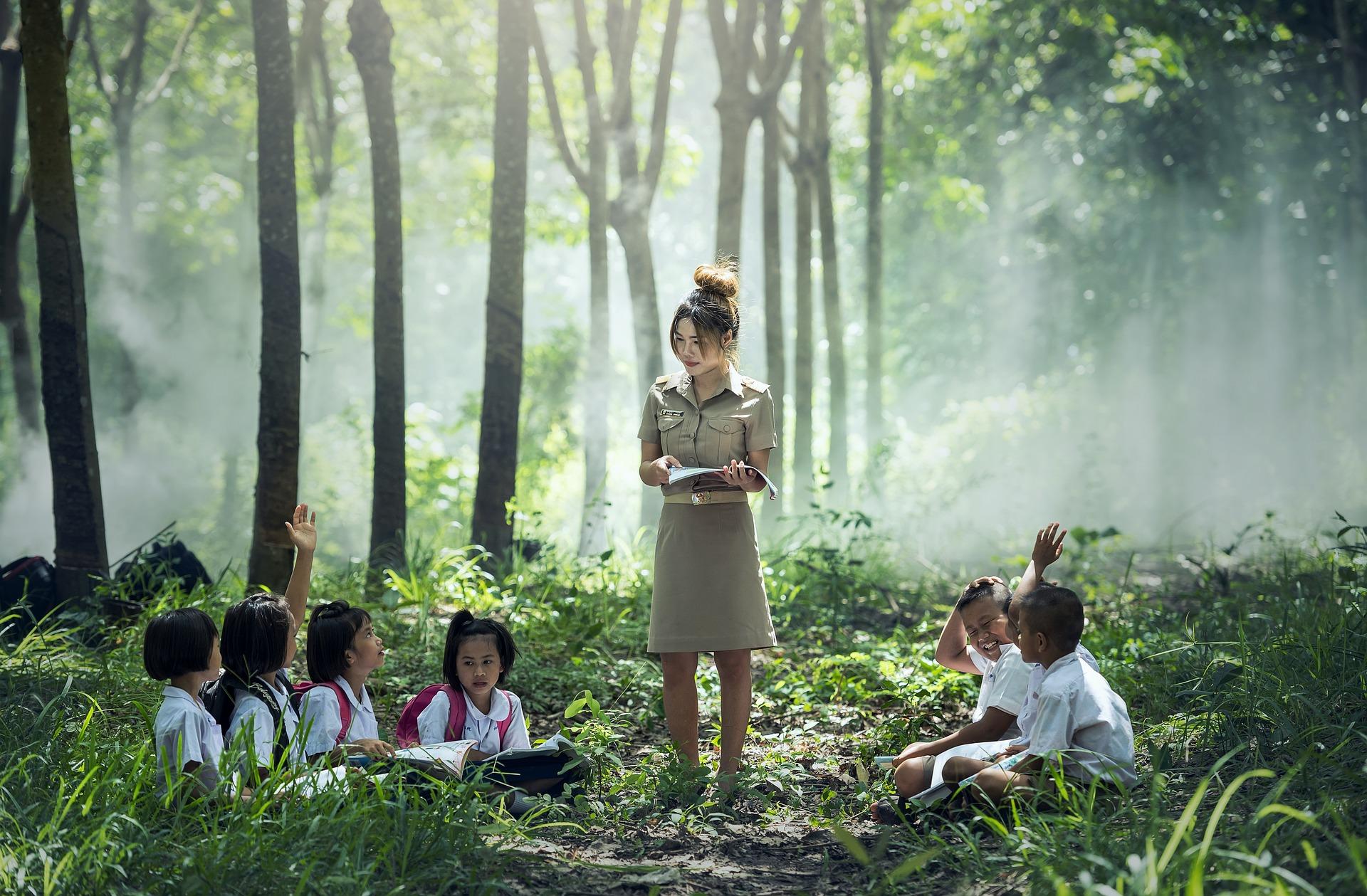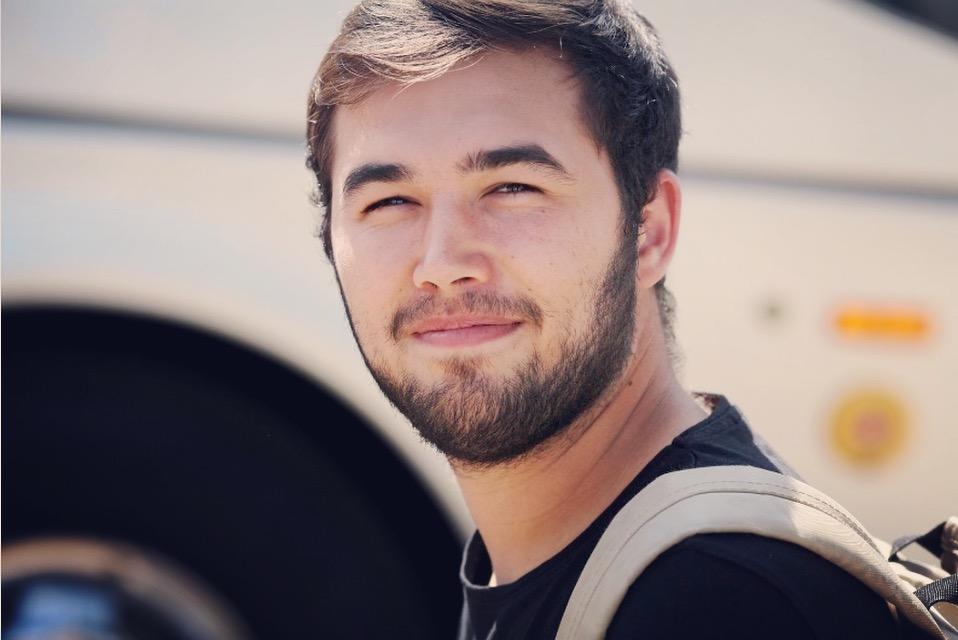Want to give private lessons?
Join the Superprof community and share your knowledge with interested and motivated students.
The two principal types of learning
When we learn, we are typically seeing or doing, or in other words, using theory or practice. One method involves the direct input of the learner and a trial and error approach, and it’s often the most effective way of getting used to something new. It’s also a more emotional and personally involved process and therefore sometimes crude and unrefined since it involves trying out not only what works, but what doesn’t work, sometimes to funny, disappointing or even embarrassing effect. This is where observational and analytical learning comes in, the kind of learning where we take notes, listen, watch and try to understand the reasons and mechanisms behind the subject. This second kind of learning allows us to detach ourselves from the practice and truly appreciate the exact science behind whatever we are doing, be it music, an athletic endeavour or actual science.
The distinction between these two types of learning is important and poignant. Mainly because if we took for example two different people, and to one we only permitted theory, the other practice, then made them carry out a job, surgery for example; the results as you can imagine would be disastrous. The worker who learned from only theory would not have any of the instincts or precision required to perform an operation without checking his material over and over again before carrying out each step (something that they would definitely not have time for in a high-pressure environment). The worker who had only experienced practical training might be able to perform a task or surgery that they had done previously, but every surgeon has to perform a specific surgery for the first time in their career, and without any guiding theory, this turns into an extremely high stakes game of trial and error. Hopefully this analogy serves to underpin the point that theory and practice must be employed together to have any hopes of succeeding in complex tasks.
Storytelling in learning
What if we could bridge the gap between the two in some way, connecting our emotional and analytical learning together to make something more powerful and compelling? The art of storytelling allows us to combine previous experience and the powerful realness of practice with the retrospectively refined edge of analysis. If we think about storytelling this way, it becomes the insertion of direct experiences into the mind of the learner, all while in the setting of the classroom or lecture theatre. This is why, as educators, it's vital that we understand how to tell stories effectively and give our students' brains a better way of grasping the relationship between emotionless data and the real world. Using storytelling as a teaching tool can make the difference between a simple part-timer and a real professional educator.

Want to give private lessons?
Join the Superprof community and share your knowledge with interested and motivated students.
The role of storytelling
If we look back at our previous analogy about surgery, it’s not quite fair to say that storytelling fulfils the role of both theory and practice, however that does not subtract from its value as a superior medium for helping bridge the gap between the two. Let’s look at an example of a story that isn’t limited to words on a page or word of mouth. A video tutorial can be considered a story of sorts, since it tells the story of a previous time that an action was performed. Looking at it this way allows us to see how a story might be able to fill some gaps and answer some questions we might have after reading the theory. One such question could be, “I know what this is, but how does it look in practice”. Stories give us a way of visualising theory in practice and placing ourselves in the protagonist's shoes to imagine ourselves performing the same actions. To give another analogy, think of the difference between reading about someone in a Wikipedia article, compared with witnessing their story in a film or biopic. You might not have understood why a person did certain things, or behaved a certain way until you see them do it in a real context. It might have seemed crazy or irrational on paper, but when we see the full emotional picture alongside the cold hard facts, we might be more inclined to side with or dismiss certain responses.
What makes a good story?
The core of a good story, especially in the context of using storytelling in education, is the message. Throughout history, we’ve used stories as a way to impart lessons to each other, it’s one of the defining traits of humans; the ability to contextualise information and speak in different tenses such as past and future gives us an enormous advantage as a species, so we might as well use storytelling to the fullest. The perfect story would have an important message at its core, told in such a way that the listener would not only understand the value of the lesson, but that they would never forget it either.
Good stories also need to be suitable for their audience, in a multitude of ways. Firstly, the content, especially in the context of young readers, needs to be age appropriate and not just in terms of avoiding bad language and inappropriate content (although this is important), but also in terms of the experiences that are being shared. A child will have little use for the experiences of adults, which brings me onto the next factor: relatability. Good stories target their audience specifically, by being relatable to the audience they are going for. This is done by including thoughts, feelings, and life experiences that our readers or viewers might have experienced themselves. This is not limited to age group, but also other factors such as gender, class, nationality, profession and interests. If we know these things about our audience, we would be foolish not to include details and tones that would appeal to these kinds of people. Writers will often do background research on their audience to find out what they have in common. What we have in common does in fact depend a lot on our characteristics. It’s obvious, really, when we think about the idea of genre in media, and how we might prefer one genre to another.
How can we do this as educators?
Taking a closer look at the means of achieving this “perfect story”, we can identify some ways in which we can make a story more functional and effective. We can start right at the beginning. Whether or not a listener takes in the full meaning of the story can have a lot to do with their engagement, which is often gauged at the start. This is why it’s vital to have an exciting and intriguing opening to your story, something unexpected or mysterious to hook the listener and get them thinking. If you want advice on how to get the brains of your students thinking, it might be a good idea to check out our articles on how the brain thinks and how the brain learns right here on Superprof.
Once the listener is hooked, it’s time to deliver the message. The main message or lesson in educational storytelling is often contained in the climax of the narrative, and the effect it has on the persons or things involved. This is where it’s crucial for the story to be as memorable as possible, which can be achieved by using dramatic conflict, creating intrigue with suspense and subverting expectations in a way such that the lesson will stick with the student. Luckily for us as educators, most human discoveries are made by trial and error, which means that no matter what subject you are teaching, there are very likely to be some poignant real world stories of experimentation, loss and even comedy at times, the classic example being the tale of an apple falling on Sir Isaac Newton's head, leading to him inventing calculus and revolutionising modern physics. Whether it’s true or not, we know this is a good story, because whether or not you are learning or teaching physics, you’ve probably not only heard it before, but remembered it too. It’s also an excellent example of how you can invent stories to suit your style of teaching, so long as they don’t mislead your students when it comes to the cold hard facts.

What now?
We’ve explored generative learning in our other “advice for tutors” articles here on Superprof, so why not put it into practice here. Take a moment to think about your favourite subject, or your special interest; think back to when you were first learning about it. Was there anything in particular that first got you hooked and invested into this subject, try to look back at your own learning and see if there are any examples of storytelling, from your old teachers, tutors and mentors that you might not have noticed until now. I’ll leave you with this little activity as a way of consolidating what we’ve covered in this article, but be sure to check out the rest in this series.
Want to give private lessons?
Join the Superprof community and share your knowledge with interested and motivated students.





